There are few sights as arresting as a bald eagle rising over a green fjord, wings catching a ribbon of sunlight, and lately Alaska has been offering that spectacle more often. After a century of swings – hunted, poisoned, protected – this emblematic raptor is steadily thriving across the state’s rugged coasts and river valleys. Biologists tracking nests from the Tongass to the Yukon Delta report stable to increasing trends in many survey areas, a comeback decades in the making. The story isn’t just about bigger head counts; it’s about better data, smarter protections, and people learning to share shorelines with a fierce fish specialist. The mystery used to be whether bald eagles could endure our pressures; now the question is how we’ll steward a recovery that’s both fragile and inspiring.
The Hidden Clues
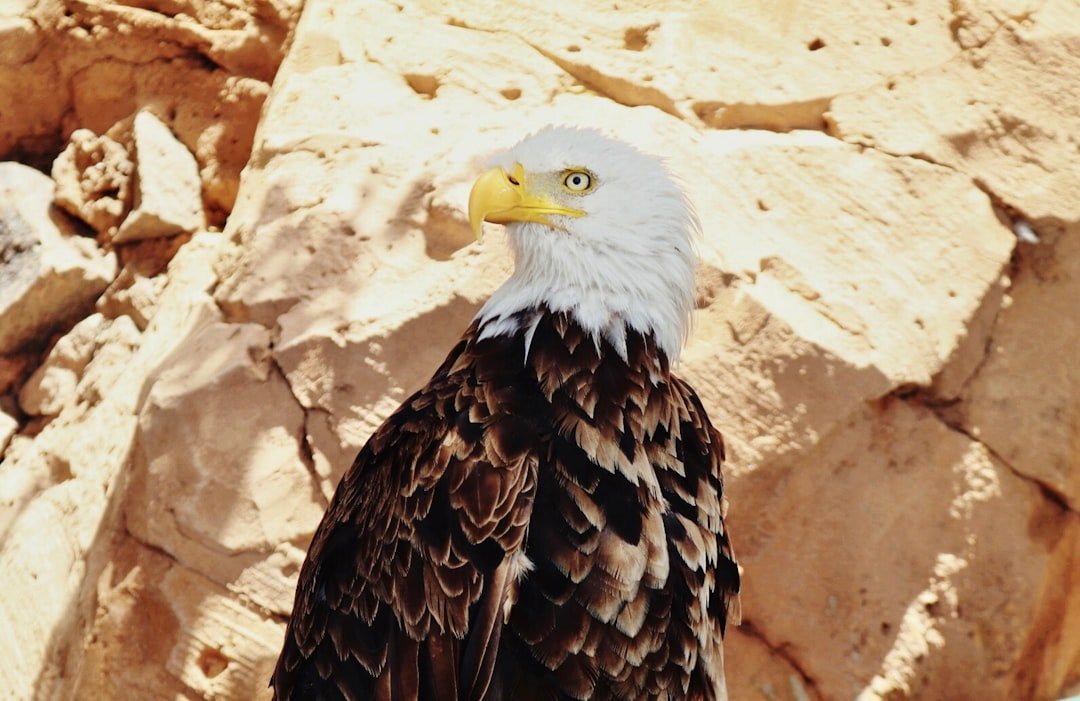
What if the surest signal of a comeback isn’t a soaring bird but a quiet tally on a clipboard at dawn? Along tidal flats and salmon-fed rivers, researchers note when pairs relandscape old stick nests, how many chicks fledge, and when adults switch from herring to spawned-out chum. Those small observations add up to a picture of resilience: more occupied nests in known territories, healthy fledging in good salmon years, and broad use of protected roosts during storms. I remember a freezing morning on the Chilkat River, where I watched eagles drop into a fog bank like arrows, and every dive drew another checkmark for the count. The drama overhead was thrilling, but the rows of told the real story of stability taking root.
Alaska’s advantage is geographic: vast coastlines, intact forests, and untamed rivers form a buffet that invites eagles to spread out and congregate when food pulses. That abundance, paired with consistent monitoring, lets scientists separate lucky blips from durable trends. Year-to-year weather still swings productivity, yet long-term datasets reveal a species that has learned to ride those swings instead of being thrown by them. The clues are subtle – extra prey deliveries, earlier incubation – but taken together they read like a headline written in field notes. Recovery here is not an accident; it’s a pattern.
From Ancient Tools to Modern Science
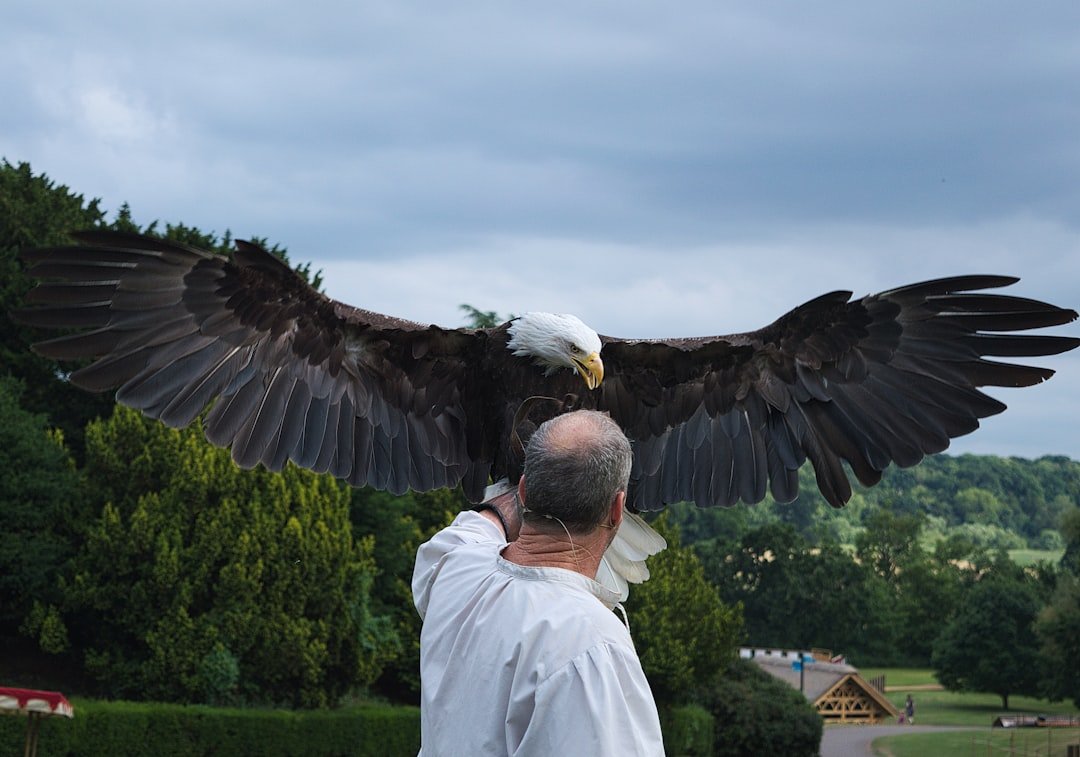
Counting eagles started as a simple craft: binoculars, field notebooks, and a keen eye trained on nest trees. Aerial surveys refined the picture, with biologists mapping territories from small planes and helicopters, then returning later in the season to verify chicks by sight. Today, satellite and GPS transmitters follow individual birds as they commute between estuaries and interior rivers, revealing flight corridors and winter hotspots that old maps never hinted at. Drones, used under strict permits, inspect precarious nests without spooking incubating adults, cutting risk to both birds and people. In labs, feather chemistry and stable isotopes trace diet shifts across seasons, tying productivity back to salmon runs and coastal baitfish.
These tools work together like lenses that sharpen the same image. A GPS track might show a late-fall gathering along a glacial river, which guides a targeted count and a check of salmon carcasses in side channels. When fledging dips, analysts can ask whether storms, prey timing, or human disturbance changed at the wrong moment. The payoff is practical: better timing for buffer zones near active nests, smarter placement of boat ramps and trails, and clearer communication with communities. The science isn’t flashy, but it’s relentless, and that’s why Alaska’s feel trustworthy.
The Behind the Comeback
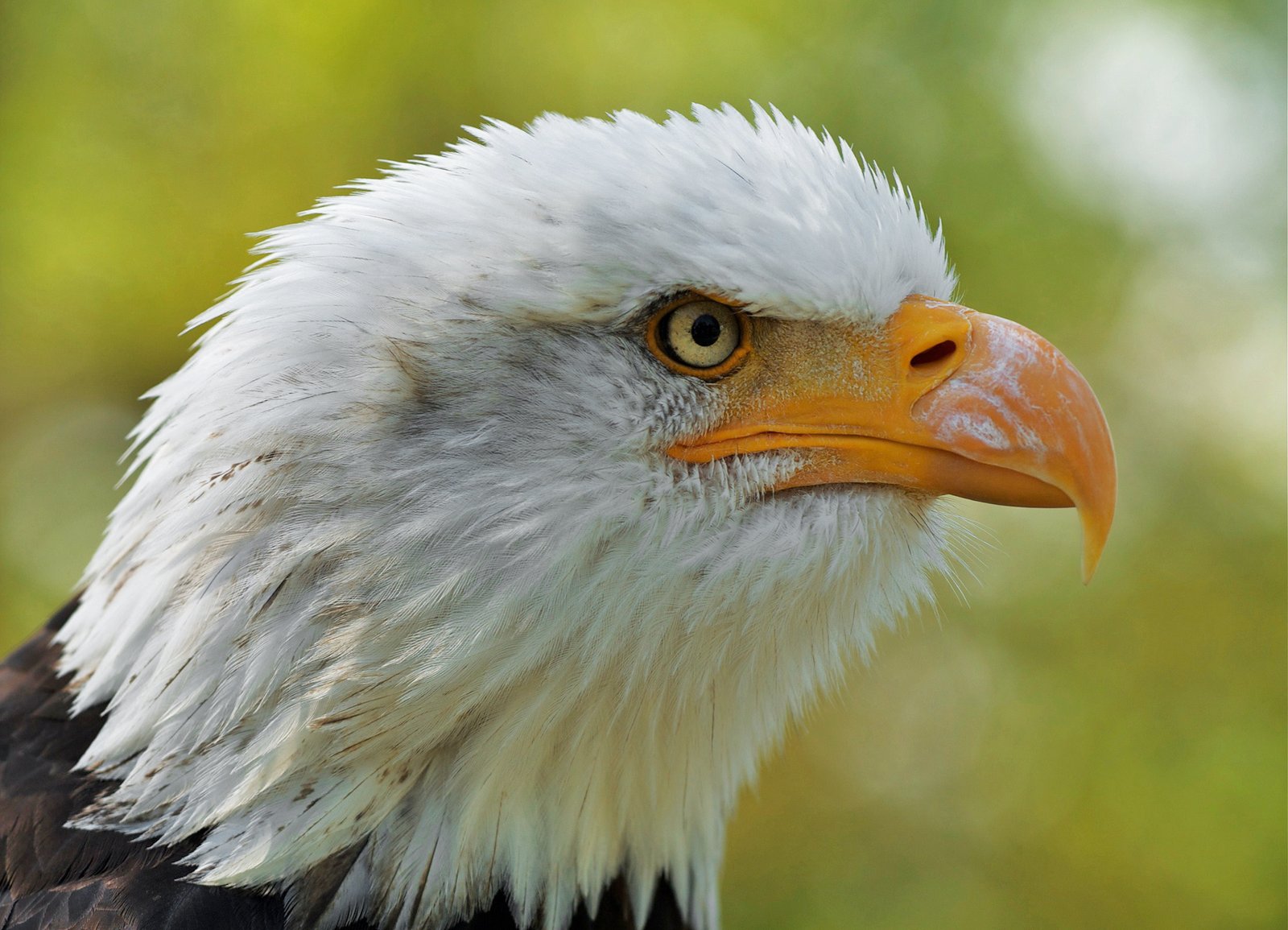
Alaska holds the nation’s largest population of bald eagles, commonly described as tens of thousands of birds scattered from Southeast rainforests to the Bering Sea edge. In many coastal systems, nest occupancy remains high, and in strong prey years, successful pairs often raise about one fledgling each – a sturdy rate for a long-lived raptor. Late autumn brings dramatic surges to places like the Chilkat River near Haines, where thousands converge on a late chum run that functions like a seasonal safety net. Elsewhere, sheltered bays, hatchery-influenced returns, and intertidal foraging round out the menu, helping adults maintain body condition through storms. The vary by year, but the arc is clear enough that managers describe the statewide trend as stable to rising in key regions.
Context matters: the species was removed from the federal threatened list in 2007, yet it remains protected under cornerstone laws that guard birds, nests, and eggs. That legal safety net aligns with the biological one provided by Alaska’s rich food webs. Importantly, the state’s monitoring programs don’t stop at good news; they probe for soft spots, like years when fledging lags or winter mortality spikes. The combination – robust counts, transparent methods, and conservative management – keeps the recovery rooted in evidence rather than optimism alone. In wildlife biology, that’s as close to a guarantee as you get.
Guardians of Habitat: From Tongass to Tundra
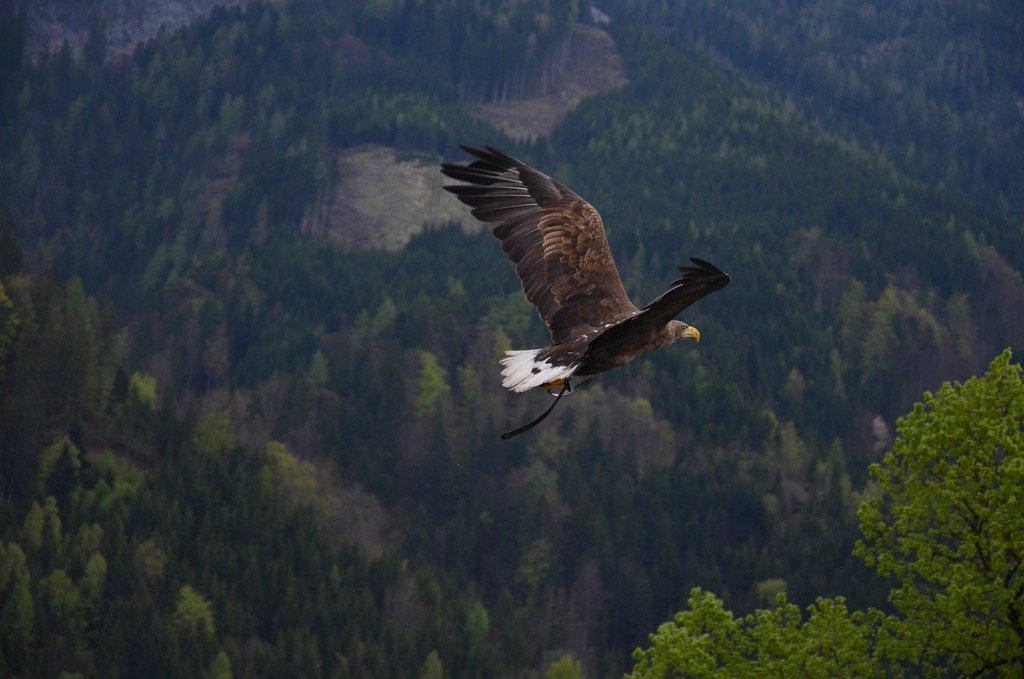
Habitat is the quiet hero of this story. Old-growth spruce and hemlock provide stout nest platforms and wind breaks, while broad estuaries and eelgrass flats serve as dinner tables laid with herring and smelt. The Tongass National Forest, the largest temperate rainforest on Earth, anchors an enormous swath of prime eagle country, and policies that limit new road building and large-scale clearcutting help maintain intact watersheds. State preserves, such as the Chilkat Bald Eagle Preserve, lock in key congregation zones where late salmon runs carry the population through leaner months. On private and municipal lands, shoreline set‑backs and nest buffers keep disturbance down during incubation and brooding.
Law and practice intertwine here. Federal protections prohibit taking or disturbing eagles, their nests, or eggs, and national guidelines translate that into practical buffer distances measured in hundreds of feet, adjusted for sight lines, noise, and nest stage. Timber operators and construction crews plan around active nests, often rescheduling loud work until chicks have fledged. Recreation planners route trails to avoid frequent roosts, especially in winter when energy budgets are tight. Good habitat policy isn’t a headline grabber, but it’s the scaffolding that lets eagles keep building their future.
Why It Matters
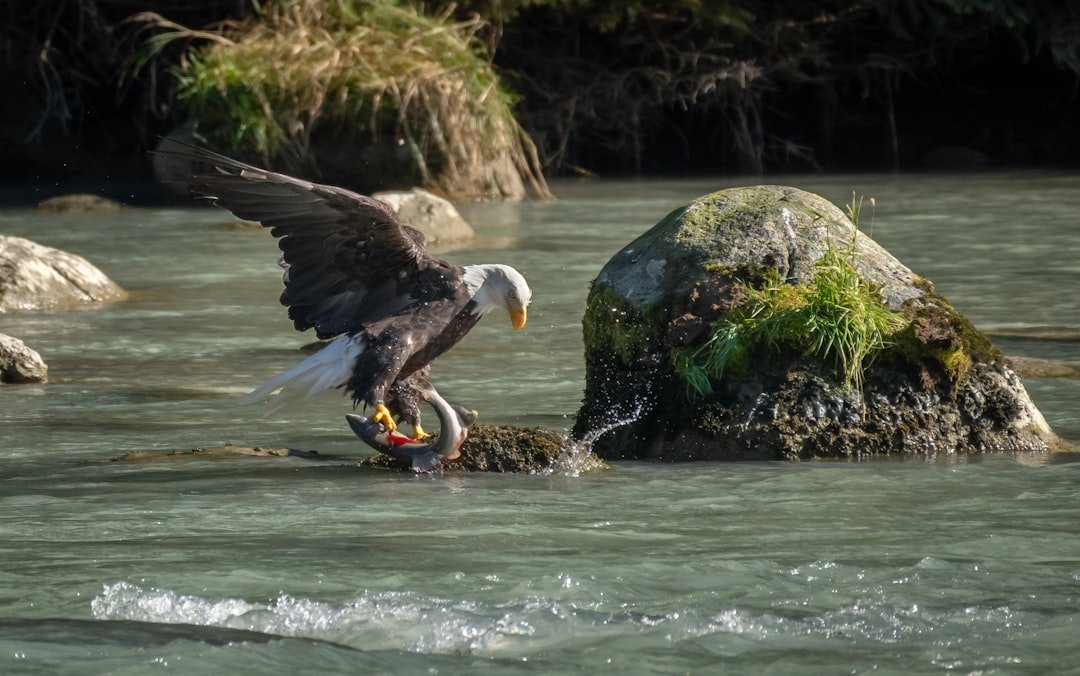
Bald eagles sit atop coastal food webs, and their fortunes mirror the health of salmon rivers, bays, and forests. When eagles are doing well, it hints that streams are still cold and clean, that herring schools still pulse through coves, and that old trees still stand where storms howl off the Pacific. The species also functions as a living reminder of what effective conservation can achieve: from pesticide bans and anti-poaching enforcement to modern nest management, the tools worked because society stuck with them. Compared with patchy recoveries elsewhere, Alaska’s broad habitat base reveals how scale and intactness amplify success. If you can keep watersheds whole, a fish-eating raptor finds its own way.
There’s a social side too. Communities celebrate fall congregations with festivals, guides run photography trips that support local economies, and schoolkids grow up measuring tide lines and learning why buffers matter. I’ve seen visitors go silent the first time a bird passes at eye level across an inlet, and that quiet is its own kind of public buy‑in. The bird becomes a neighbor, not a symbol – something to live with, not just look at. That relationship is worth defending, because it keeps science and stewardship real.
Risks on the Radar
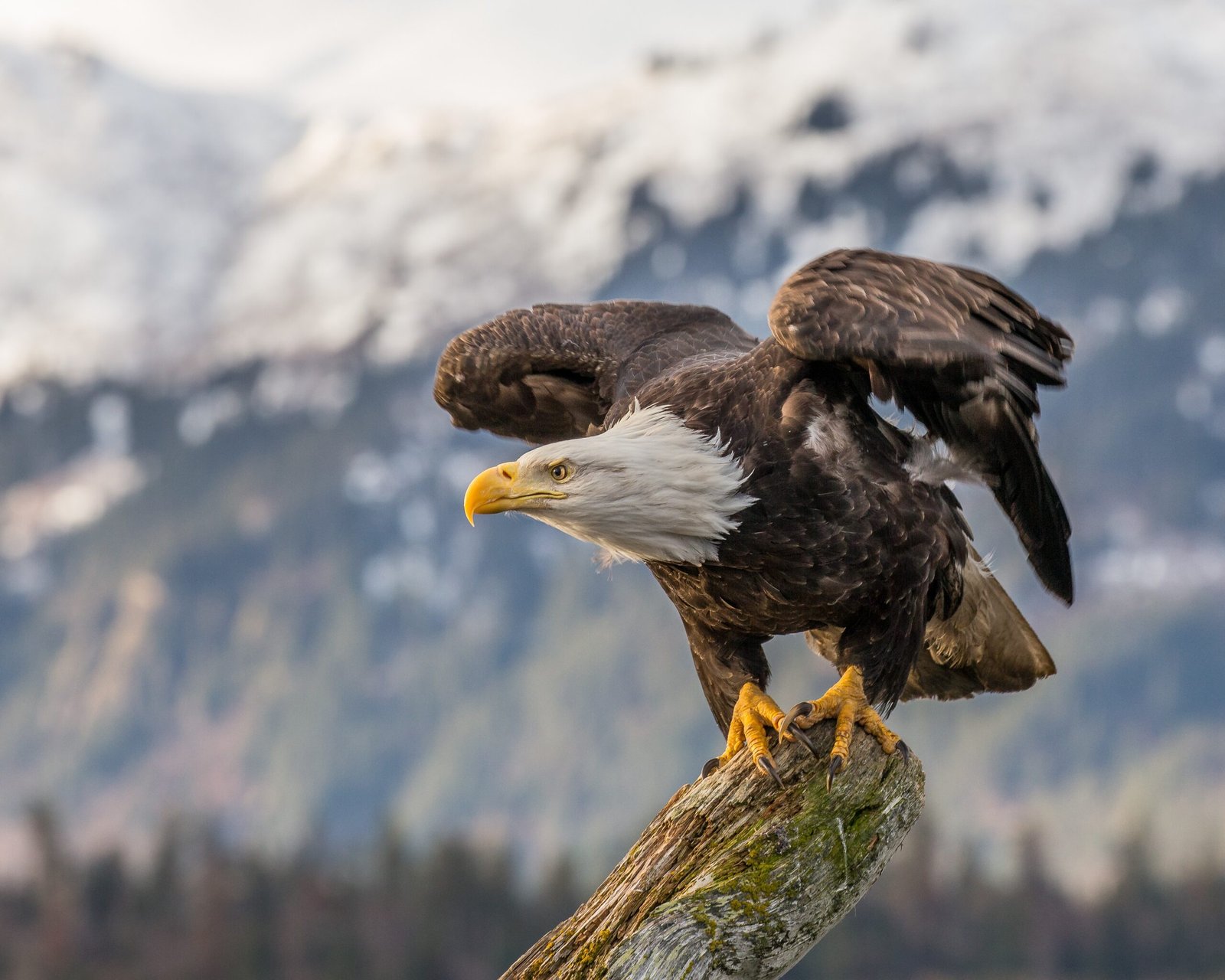
Recovery isn’t invincibility. Highly pathogenic avian influenza has caused periodic raptor deaths across North America, and Alaska’s role as a migratory crossroads keeps vigilance high during outbreaks. Lead exposure remains a concern where scavengers encounter fragments from ammunition or lost fishing tackle, a slow, preventable threat to otherwise healthy birds. Powerline collisions and electrocutions persist in some corridors, though utilities are retrofitting poles and lines to reduce risk. And as climate change reshapes storm tracks and stream temperatures, the timing of salmon returns – the metronome of coastal life – can wobble.
Managers and researchers are adjusting. Expanded carcass testing flags disease early, outreach reduces lead inputs, and line-marking projects shift collision odds in the eagles’ favor. In fisheries and habitat work, scientists are watching for mismatches between peak food availability and chick rearing, the sort of quiet misalignment that can sap productivity over time. These are not alarms but assignments, and Alaska’s monitoring framework is built to turn worries into measured responses. Staying ahead of risk is the price of a comeback.
The Future Landscape
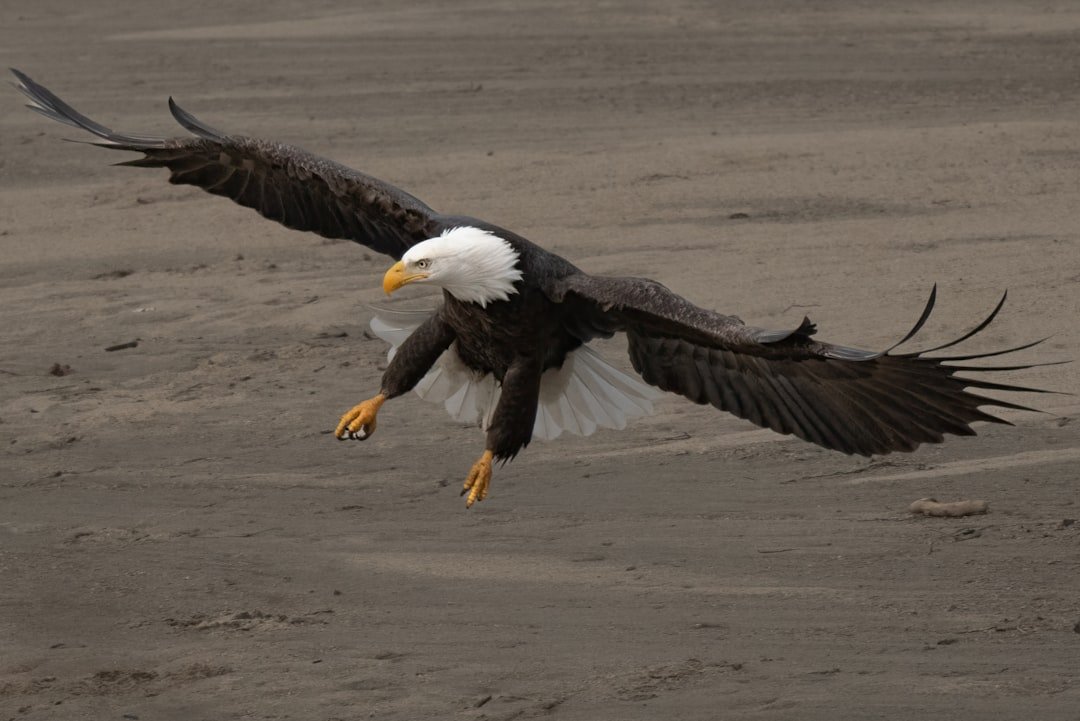
The next wave of insight will come from tighter integration: pairing satellite tracks with high‑resolution habitat maps, overlaying salmon forecasts with nest productivity, and using machine learning to flag anomalies before a season is lost. Lightweight transmitters will expand the sample of juveniles, the cohort that reveals survival bottlenecks as birds disperse and test the world. Carefully managed drones will continue to reduce disturbance and risk in tricky nest checks, while acoustic and camera traps at carcass sites will sharpen our understanding of scavenging dynamics. Even water samples can help, as environmental DNA methods trace salmon presence in side channels that matter most to hungry adults.
Policy will evolve alongside tech. Expect more adaptive buffers keyed to real‑time behavior rather than fixed distances, and more restoration targeted at specific bottlenecks – like eroding banks under favorite nest trees or culverts that pinch off upper spawning reaches. If habitat protections hold across big landscapes, new tools can fine‑tune rather than rescue. That’s the difference between managing success and chasing decline. The choice is ours to make, season after season.
Conclusion
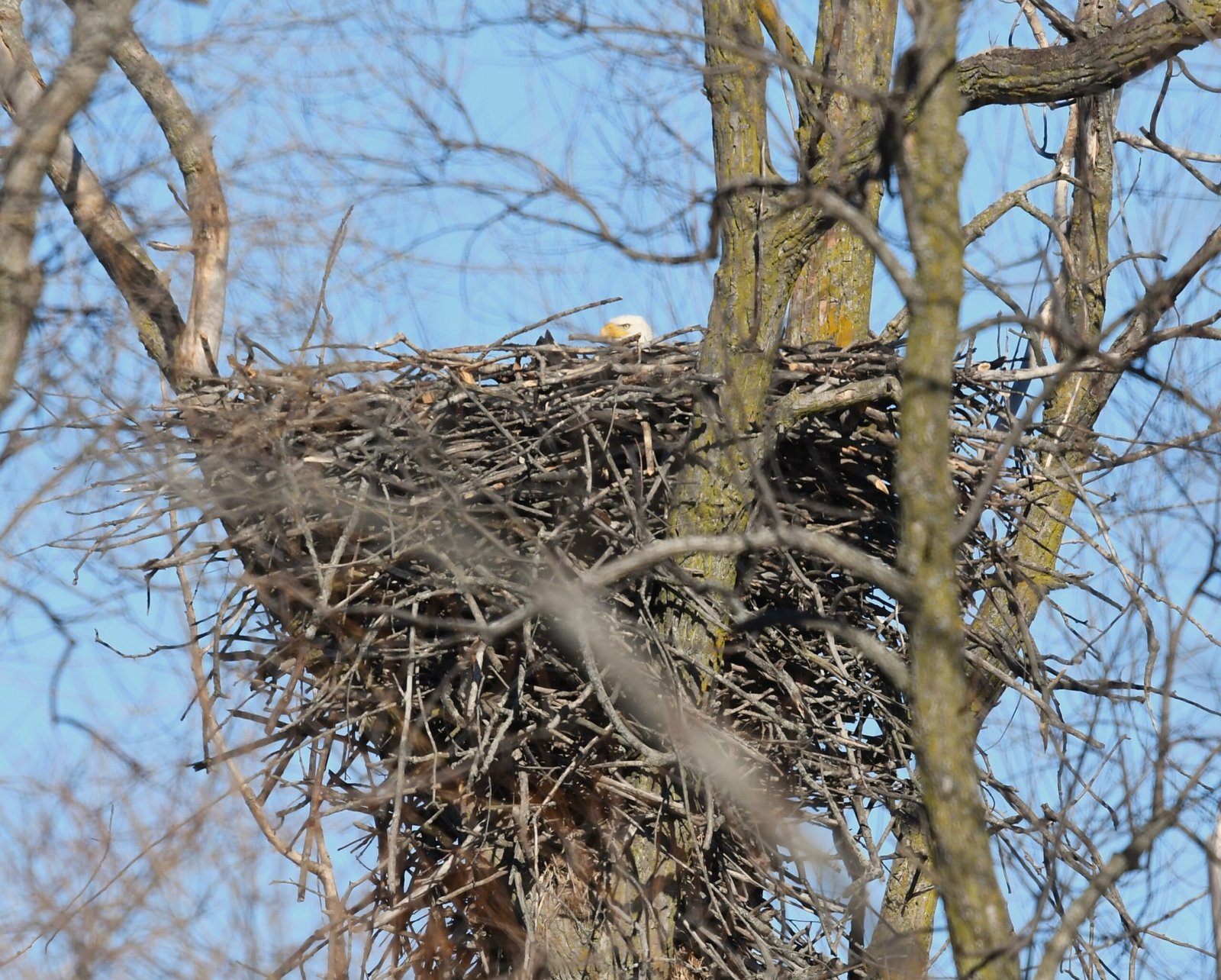
Big wins in conservation are built from small habits. If you live or travel in eagle country, give nest trees space in spring and summer, leash dogs near tidal flats, and keep drones grounded around roosts unless you’re permitted for research. Anglers and hunters can help by choosing non‑lead alternatives and packing out line and tackle; it’s a simple swap with outsized benefits. Support local land trusts and watershed groups that buy time for rivers and estuaries, and lend your voice when agencies propose science‑based protections that keep old forests standing and salmon streams cold. If you’re a photographer or guide, model responsible distances and share the why with clients.
You don’t need a field permit to be part of the monitoring story: submit careful observations to community science platforms, attend a winter count, or volunteer for a stream survey where spawned‑out salmon keep the late‑season larder full. The arc of the bald eagle’s recovery shows what persistence can do; the next chapter asks for the same steady resolve. In a noisy world, it’s powerful to let a wild river and a wild bird write the headline. Will we keep giving them the space to do it?

Suhail Ahmed is a passionate digital professional and nature enthusiast with over 8 years of experience in content strategy, SEO, web development, and digital operations. Alongside his freelance journey, Suhail actively contributes to nature and wildlife platforms like Discover Wildlife, where he channels his curiosity for the planet into engaging, educational storytelling.
With a strong background in managing digital ecosystems — from ecommerce stores and WordPress websites to social media and automation — Suhail merges technical precision with creative insight. His content reflects a rare balance: SEO-friendly yet deeply human, data-informed yet emotionally resonant.
Driven by a love for discovery and storytelling, Suhail believes in using digital platforms to amplify causes that matter — especially those protecting Earth’s biodiversity and inspiring sustainable living. Whether he’s managing online projects or crafting wildlife content, his goal remains the same: to inform, inspire, and leave a positive digital footprint.



